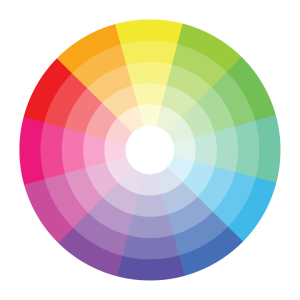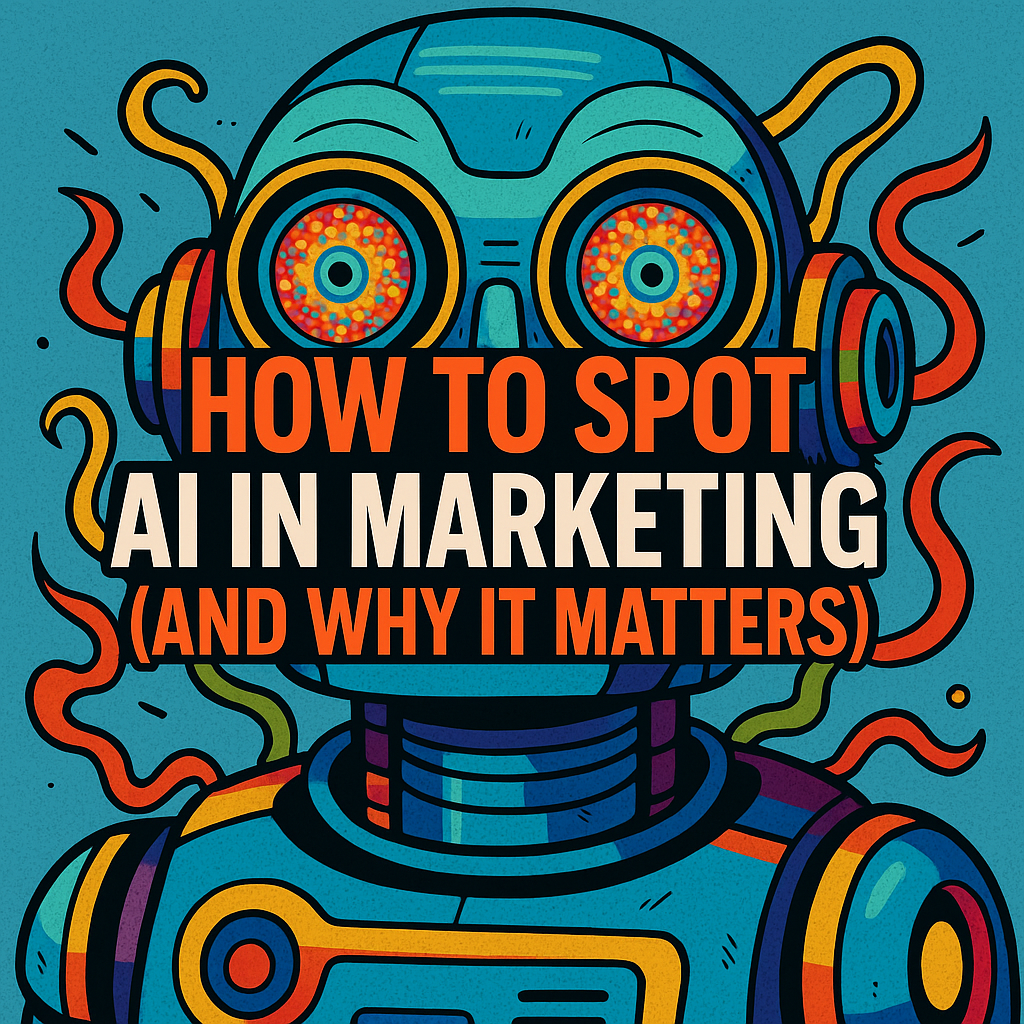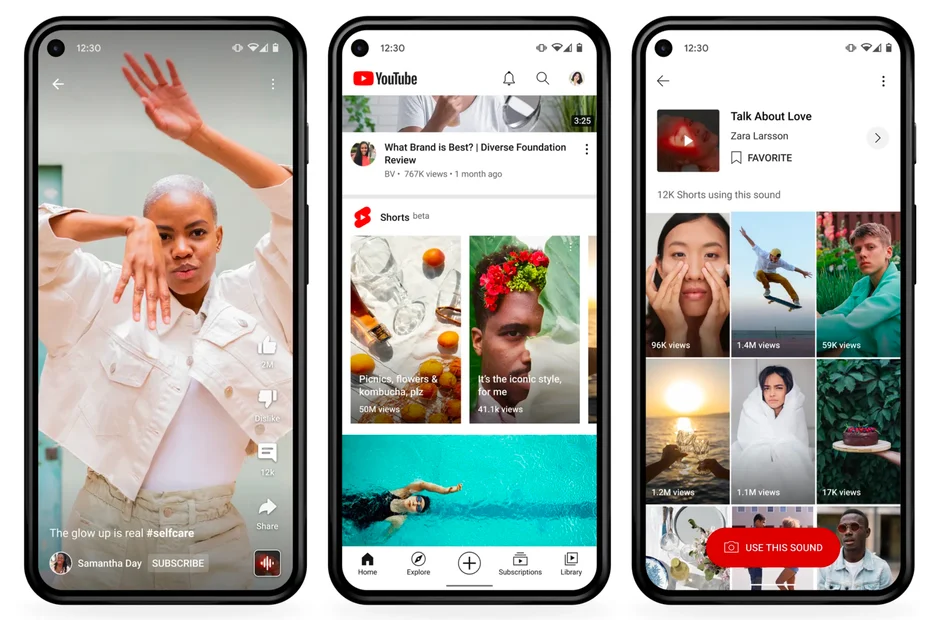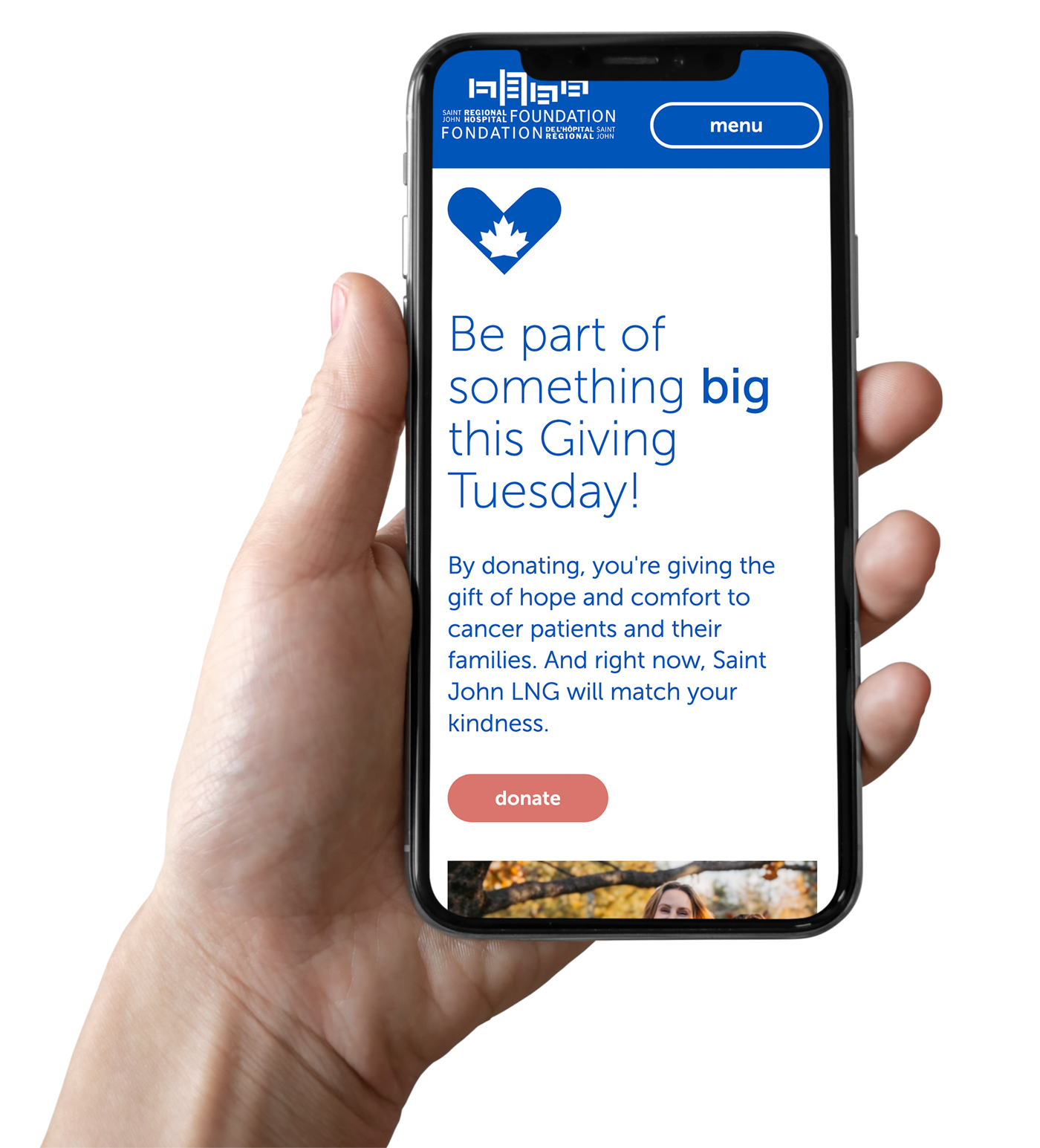
Colour Psychology in Branding From a Designer’s Perspective
When people think about branding, they often jump straight to logos, taglines, or maybe a slick business card. But let me tell you: if there’s one part of a brand that quietly does a lot of heavy lifting, it’s colour. Colour is emotional. It’s subconscious. And when used right, it’s strategic as hell.
As a brand designer, I see firsthand how a carefully chosen colour palette can elevate a business from invisible to irresistible. In this post, I’ll walk you through the basics of colour psychology and how we use it in our branding projects at ICS.
Colour isn't just for show
First let’s clear something up: colour is not just about drawing your eye. The colours you choose for your brand influence how people perceive your business before they even know what you do. That’s because colour triggers emotion—and emotion drives decision-making.
And these associations aren’t random, either. They’ve been studied, tested, and proven in marketing and psychology circles for decades. And in branding, we use them with intention.
As I just mentioned, different colours spark different emotions, and the psychology behind them can also vary depending on where you are in the world. For example, white symbolizes purity and simplicity in North America, but in parts of East Asia, it’s associated with mourning. Red often signals urgency or passion here, but in China, it represents luck and celebration. That’s why understanding your audience’s cultural context can also be important in understanding colour theory.
What your brand colours say (around here)
That said, here in North America, certain associations are especially common—and we use them strategically to shape perception:
Blue: Trust, dependability, a sense of calming. It’s the most commonly used colour in branding because it feels safe, stable and professional; making it a go-to for industries like finance, healthcare, and tech.
Red: Energy, urgency, and passion. Red grabs attention and stimulates action, which is why it’s often used in food, retail, and entertainment.
Green: Health, nature, sustainability and in some contexts, wealth and financial growth. It’s often used in wellness, eco-conscious, and financial brands.
Yellow: Optimism, warmth, and clarity. It’s cheerful and attention-grabbing, but too much can feel overwhelming or anxious, so it’s best used strategically.
Black: Sophistication, luxury, authority. A popular choice for upscale brands, black adds weight and seriousness to a visual identity.
White: Simplicity, purity, modernity. Often used in minimalist branding, white creates breathing room and feels clean and refined.
Purple: Creativity, luxury, mystery. A versatile colour that can suggest imagination or high-end elegance, depending on the tone and context.
Orange: Friendliness, enthusiasm, confidence. Orange combines the energy of red with the cheerfulness of yellow, making it approachable and bold.
Of course, these colour associations aren’t set in stone. Context, industry trends, and even individual experiences can shift how colours are perceived. That’s why a successful brand palette always balances these psychological insights with your unique story and target audience, making your brand truly one of a kind.

Colour psychology meets design: The art and science behind the hue
Understanding colour psychology is just the starting point. When it comes to bringing your brand colours to life, design decisions play a huge role in how those colours are perceived and how effective they end up being.
Contrast, for example, is an important guideline to follow. It’s not enough to pick a “trustworthy blue” or a “friendly orange” if your colours don’t work well together. High contrast helps ensure readability and grabs attention, especially in logos, signage, and web design. Low contrast might create a subtle and sophisticated look, but it can also make your message harder to see or weaken emotional impact. Balancing contrast isn’t just about aesthetics; it’s about communication clarity
And while your colours might look perfect on screen, on print it can change everything. Colours on screen rarely translate exactly the same when printed (that’s why we have CMYK and RGB). The choice of printer, the ink type, and even the paper texture can all shift hues and saturation. For example, a vibrant red might look bold on your monitor but turn muted in print, or a deep blue could appear flat depending on the choice of paint. That’s why designers proof colours before finalizing a palette: to ensure your brand stays consistent everywhere.

Long story short: Colour is a conversation starter
If you’re building (or refreshing) your brand, don’t overlook colour. It’s one of the fastest ways to communicate your vibe, your values, and your vision. And when used strategically, it can be a powerful tool to attract the right audience and make them stick around for the long haul.
So, next time you look at a brand and feel something before you even realize it, take a second to notice the colours. They’re working harder than you think.









 Trend Tip: Look for creators who already love your brand or values. Even a single collab post can spark long-term brand loyalty.
Trend Tip: Look for creators who already love your brand or values. Even a single collab post can spark long-term brand loyalty.










